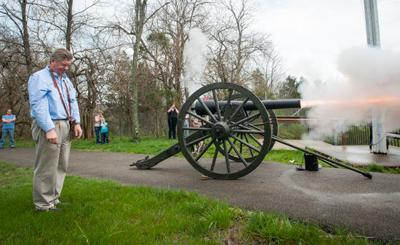So where do “ghost bikes” come from?
An article in today’s New York Times answered that question: The bikes are donated by shops, friends or located via word of mouth. Volunteer strip away parts line pedals to make the bikes unrideable, then give them that familiar coat of white paint. The volunteers also make the signs that read “Cyclist killed here. Rest in peace,” that are usually attached to, or by, the bike.
In addition to describing how volunteers create “ghost bikes,” the article raises some important questions—and disseminates, if unwittingly, some misconceptions about why we’re seeing more “ghosts.”
As the article points out—Vision Zero notwithstanding—2023 was the deadliest year for New York City cyclists since 1999. The vast majority of casualties were on eBikes. But the article goes on to quote advocates and planners who say the network of bike lanes and other infrastructure is “disconnected.”
 |
| Photo from the New York Times. |
True enough, as I know all too well. But I don’t know how fixing that problem will make cycling safer for people like me, on traditional bikes, when much of this city’s laneage is dominated by eBikes and motorized bikes on which the motor is the sole means of propulsion rather than a means to assist pedaling. Too often, those bikes are ridden by “cowboy” delivery workers whose employers incentivize or pressure them to make as many deliveries as possible, as quickly as possible, safely be damned—or by young joyriders equally disdainful of the rules of the road. Oh, and don’t get me started on how often drivers (including cops) park in those lanes or pull over to have their coffee and donuts.
Also, as I’ve mentioned in other posts, the police—and very often, the public— blame cyclists who, if they don’t survive a crash, can’t defend themselves. (I have said that running down a cyclist is the easiest way to get away with murder in the US.) Never mind that the driver was speeding or ran a red light: There’s an attitude that cyclists “have it coming to them” when they’re injured or killed.
As long as misconceptions and misguided policies shape efforts to make cycling “safer,” those volunteers who make “ghost” bikes won’t lack for work—though they probably would love to do other things, just as Robert Capa hoped to “stay unemployed as a war photographer “ for “the rest of my life.”







